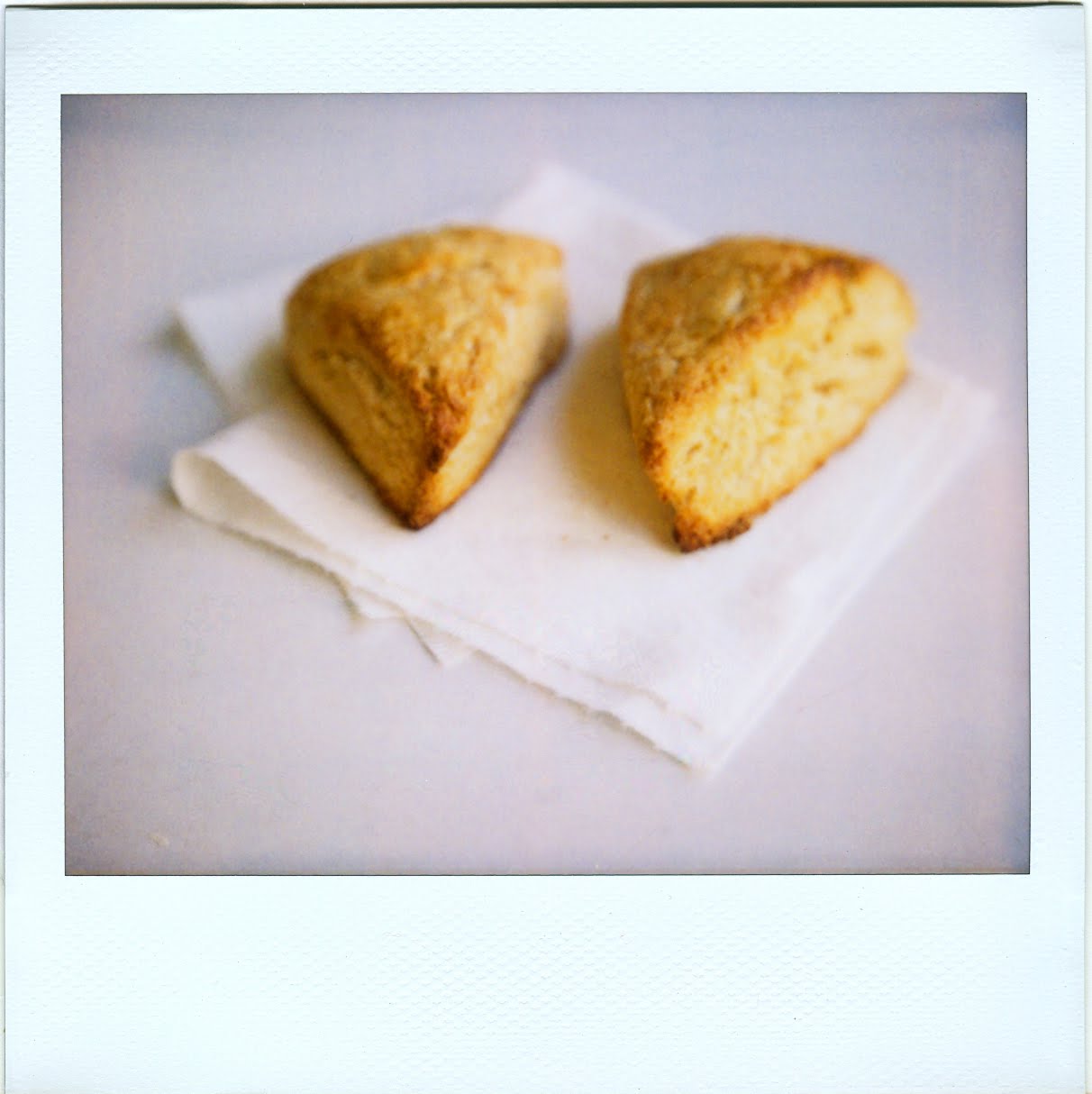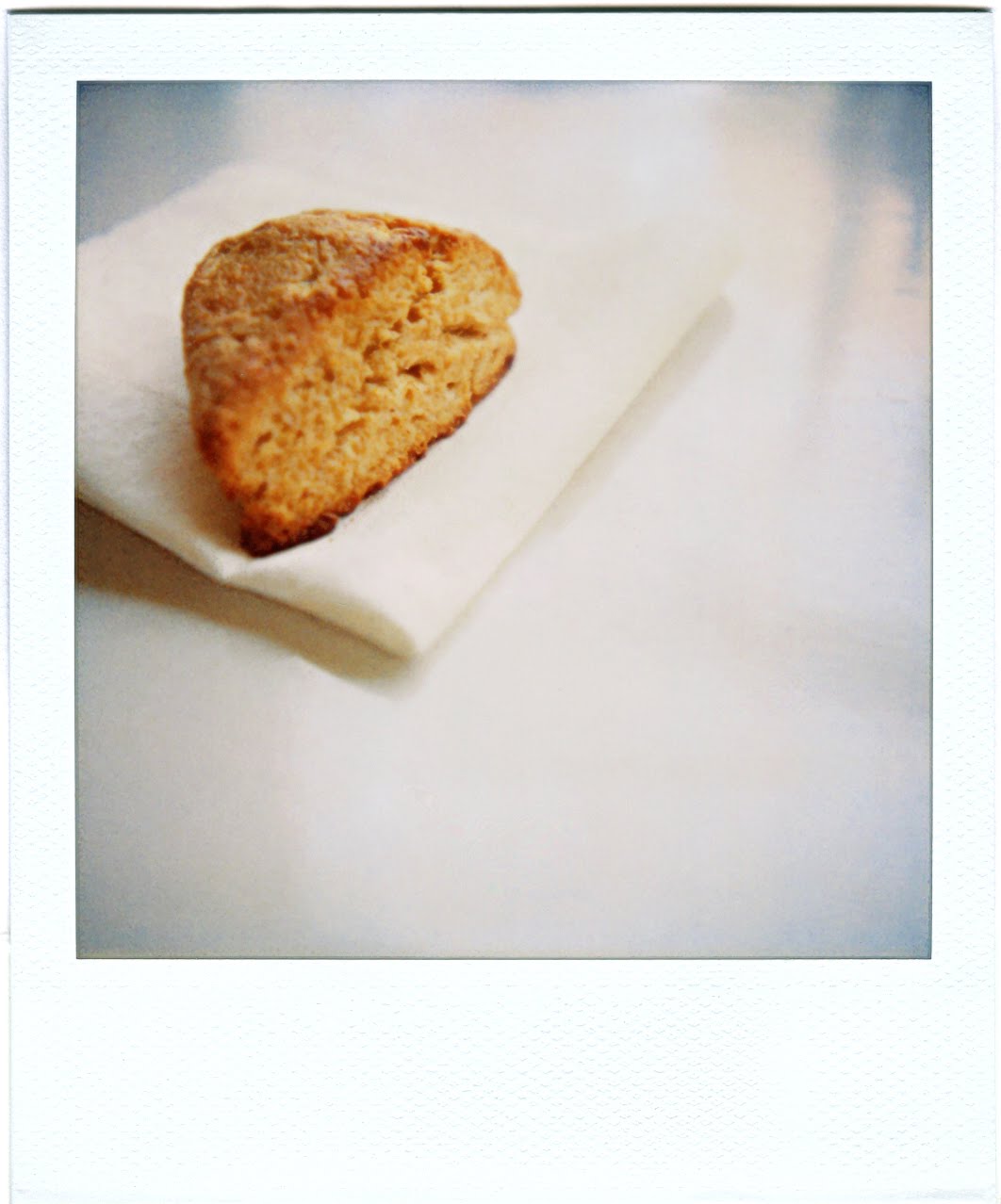Tag: saint patrick’s day
Not a likely love
Well, would you look at that! Yesterday was Saint Patrick’s Day, and how fitting, I’m writing about scones! Which are Irish, of course – and, well, also Scottish, and English, and generally British, but anyway, they’re Thatapproximatepartoftheworldish, at least. I should quit while I’m ahead.

When I was growing up, my elementary school was near a health food store called the Earth. It was not a large place, nor was it fancy. It was not Whole Foods. It was small and low-ceilinged, lit with fluorescent tubes and lined with vitamins in brown bottles and beeswax chapstick and sesame bars in plastic wrappers, and it smelled like lentil soup. There was a cafe at one end where they served sandwiches and baked goods, and sometimes, after my mother picked me up from school, she would take me there for a snack. It was pretty forward-thinking of her, I now realize; Oklahoma City didn’t, and still doesn’t, have a lot of places like the Earth, places where you could buy natural cheeses or soy milk or jojoba shampoo. Not that I cared so much about that stuff; what I cared about was the carob brownie they sold at the cafe, and the bottle of lemon-flavored Crystal Geyser sparkling water I was allowed to wash it down with. (This was the early 80s, and the world had only just gotten flavored sparkling water. It was a heady time.) My mother, for her part, would get something similarly fine: a whole wheat scone with dried apricots. For me, it was not a likely love – there was no carob, no sparkle, no fizz – but as I got older, I had to admit that my mother was onto something. She knew what was what. I still think about that scone today.
That’s right: I’m celebrating Saint Patrick’s Day with a health-food-store scone from central Oklahoma. Cheers!

You’re going to like them. I swear. The Earth brought them in from a place called Lovelight Bakery in the nearby town of Norman, and my mother liked them so much that she would sometimes special-order them, a dozen at a time, and stash them away in the freezer to be meted out over a number of weeks. Unlike some whole wheat pastries, they weren’t paperweights masquerading as food: they did taste delicately of wheat, but they were tender, fine-crumbed, even heading toward flaky, studded with tangy apricots. I haven’t had an Earth/Lovelight whole wheat scone in probably twenty years, but a couple of weeks ago, I was sitting in a meeting when I had a sudden vision of none other. (Some people get their ideas in the shower; apparently, I get mine while zoning out in meetings. In fact, the idea for this book came to me in a weekly staff meeting at my previous job. What looked like dutiful note-taking, tra la la la la, was actually a rough sketch of the table of contents.) Clearly, I needed to make a whole wheat scone. So when I got home, I e-mailed my mother to see, by chance, if she had the recipe, and when she didn’t, I decided to work up my own.
I started from the scone recipe in my book, because it’s my favorite basic scone. For my first go, I decided to replace the entirety of the recipe’s usual white flour with whole wheat pastry flour, and let me tell you, in case you ever considered such an idea, do not do that. The dough was so heavy that it could hardly rise in the oven, and texture- and flavor-wise, it was a stunning approximation of particle board. Actually, if I’d been trying to develop some sort of a mix for instant homemade particle board, it would have been a real sensation. As it was, though, when I gave one to Brandon and asked if there was anything redeeming about it, he took a single bite and, before even swallowing, mouthed, and I quote, “No.” So I tried again, and this time, I used a mixture of flours: 50% white, and 50% whole wheat pastry. I also added an additional tablespoon of sugar, because I find that the dark, savory qualities of whole wheat flour can tend to drown out sweetness. Anyway, IT WORKED! The scones are sturdy but light, biscuit-like but not as rich, and they taste just enough of whole wheat to feel hearty, warming, right. I don’t know what the Irish would say, or the Scottish, or the English, but I think it’s my new scone.
Whole Wheat Apricot Scones
I used whole wheat pastry flour in this recipe, and I love how it works. Whole wheat pastry flour is more finely ground and lower in protein than regular whole wheat flour, and it yields a product very similar in texture to my usual all-purpose flour scones. I considered using white whole wheat flour, which I’ve also used occasionally in baking, but I really do prefer whole wheat pastry flour. White whole wheat flour, while more delicate than regular whole wheat, is still too coarsely ground, and it’s tougher, less delicate.
You can make these scones with any kind of dried fruit you want, but I like them best with dried apricots. My favorites are from Trader Joe’s, labeled “California Slab Apricots, Blenheim Variety.” They’re soft and have a very true apricot flavor, sweet and also quite tart. (They’re sulfured, which some people avoid, but I prefer the flavor.)
Preheat the oven to 425°F. Line a baking sheet with parchment paper.
In a large bowl, whisk together the flours, baking powder, and salt. Using your hands, rub the butter into the flour mixture, squeezing and pinching with your fingertips until there are no butter lumps bigger than a large pea. Add the sugar and dried apricots, and whisk to incorporate.
Pour the half-and-half into a small bowl, and add the egg. Beat with a fork to mix well. Pour the wet ingredients into the flour mixture, and stir (with the fork; it works fine) to just combine. The dough will look shaggy and rough, and there may be some unincorporated flour at the bottom of the bowl. Don’t worry about that. Using your hands, gently press and shape the dough, so that it holds together in a messy clump. Turn the dough and any excess flour out onto a board or countertop, and press and gather and knead it until it just comes together. Ideally, do not knead more than 12 times. As soon as the dough holds together, pat it into a rough circle about 1 ½ inches thick. Cut the circle into 8 wedges.
Put the wedges on the prepared baking sheet. Pour a splash of half-and-half into a small bowl. Using a pastry brush, brush the tops of the scones with a thin coat to glaze. Bake for about 15 minutes, or until pale golden. Transfer to a wire rack to cool slightly. Serve warm – with butter, if that’s your style. (My mother used to split the Earth/Lovelight ones in half and toast them, and then smear them with butter. Very good.)
Note: If you plan to eat them within a day or two, store the scones in an airtight container at room temperature. For longer storage, seal them in a heavy plastic bag or container, and freeze them. Before serving, bring them to room temperature. Either way, reheat them briefly in a 300°F oven. They’re best served warm.
Yield: 8 small scones

